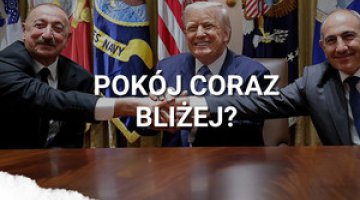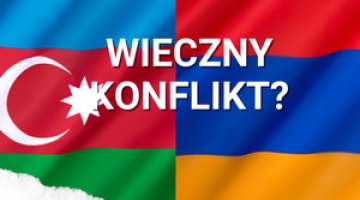The second phase of the Armenian revolution. The arrest of former President Robert Kocharyan
On 27 July, a court in Yerevan ordered the arrest for two months of Robert Kocharyan, the former president of Armenia from 1998 to 2008. He was charged with violating the Armenian constitutional order (through his introduction of a nationwide state of emergency in March 2008), for which a penalty of 10 to 15 years’ imprisonment is provided (under the conditions of the state of emergency, the public protests that accompanied the presidential elections were brutally suppressed; 10 people were killed and more than 250 were injured; charges of organising mass riots have meantime been levelled against the current Prime Minister Nikol Pashinyan). The people associated with Kocharyan, his successor Serzh Sarkisyan (President from 2008-2018), and the ruling Republican Party of Armenia (which still has a majority in Parliament, and is led by Sarkisyan) have called the arrest a political vendetta, emphasising that former heads of state are covered by immunity.
Commentary
- The arrest of Robert Kocharyan confirms that the Armenian revolution – which led to the resignation of Prime Minister Sarkisyan (on 23 April; Sarkisyan had intended to remain in power as head of government after the end of his second presidential term) and the assumption of the office of prime minister by the leader of the protests, the head of the Social Contract party Nikol Pashinyan (8 May) – has now entered a new phase. Pashinyan’s current aim is to settle scores with the politicians who have governed Armenia over the past two decades, first of all with Serzh Sarkisyan (a wide range of charges – criminal and tax fraud – have already been brought against members of his family). The extent of the planned clean-up is evidenced by the levelling of charges – under the same article as those laid against Kocharyan – against the incumbent Secretary-General of the Collective Security Treaty Organisation, General Yuri Khachaturov (in March 2008 he commanded the Yerevan garrison which took part in the suppression of the riots, and was then named chief of staff of the Armenian armed forces).
- It seems that by pursuing politicians associated with the Republican Party of Armenia (RPA), Nikol Pashinyan wants above all to consolidate his political base and meet the expectations of the people who participated in the recent protests. This is especially important in the context of early parliamentary elections, which the current Prime Minister would like to hold as soon as possible – although only after the current electoral ordinance is changed, as now it favours parties who could appeal to the so-called administrative resource (the heads of different public institutions, local authorities, etc.). This element is to a great extent still under the control of the RPA.
- This act of payback by the Armenian government may have far-reaching repercussions on both the internal arena (by mobilising Pashinyan’s opponents, who have both administrative and financial potential), and – above all – in the wider region (relations between Armenia and Russia, the Nagorno-Karabakh conflict). Although Moscow’s official rhetoric regarding the post-revolutionary Armenian government has so far remained neutral, Pashinyan does not enjoy the confidence of the Kremlin. When he was an opposition MP, he demanded that Armenia leave the Eurasian Economic Union (the post-Soviet integration structure promoted by Moscow). In his current statements, Pashinyan has declared his attachment to his country’s ties of alliance with Russia; however, Moscow fears that in the future he may push for a greater rapprochement with the West. In addition, the Kremlin sees any change of power resulting from grassroots protests within the post-Soviet area as a threat to Russian influence, as well as setting a bad example and posing a threat to the stability of the system in Russia itself. This means that Moscow may promote processes that could weaken Pashinyan’s power, and consequently discredit the idea of the grassroots revolution.
- To counter Pashinyan’s strengthening power, Russia may also use a wide range of options to destabilise the internal situation in Armenia. It seems that the unannounced large-scale military exercises held by Russian soldiers at the military base in Gyumri were a warning signal to Yerevan. As they were taking place, on 18 July, there was a demonstration of force: several military trucks passed through the civilian village of Panik, firing shots into the air. The incidents involving Russian soldiers which have taken place in the past have usually aroused protests by civilians and put the Armenian authorities in a difficult situation.
- It is possible that in a situation where Russia’s interests in Armenia and the region are threatened (although at present this seems not to be the case), the Kremlin may bring to bear its most important instrument, namely its informal guarantees of security for the non-recognised Republic of Nagorno-Karabakh (for example Moscow’s unofficial agreement to Azerbaijan’s limited offensive). It is highly probable that in such a scenario, the forces that are now fighting Pashinyan would be supported by the para-state’s elites, they are already distrustful of him (both Robert Kocharyan and Serzh Sargsyan were representatives of the so-called ‘Karabakh clan’, and took the interests of Nagorno-Karabakh into account in their policies).





